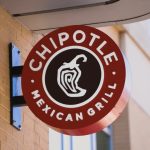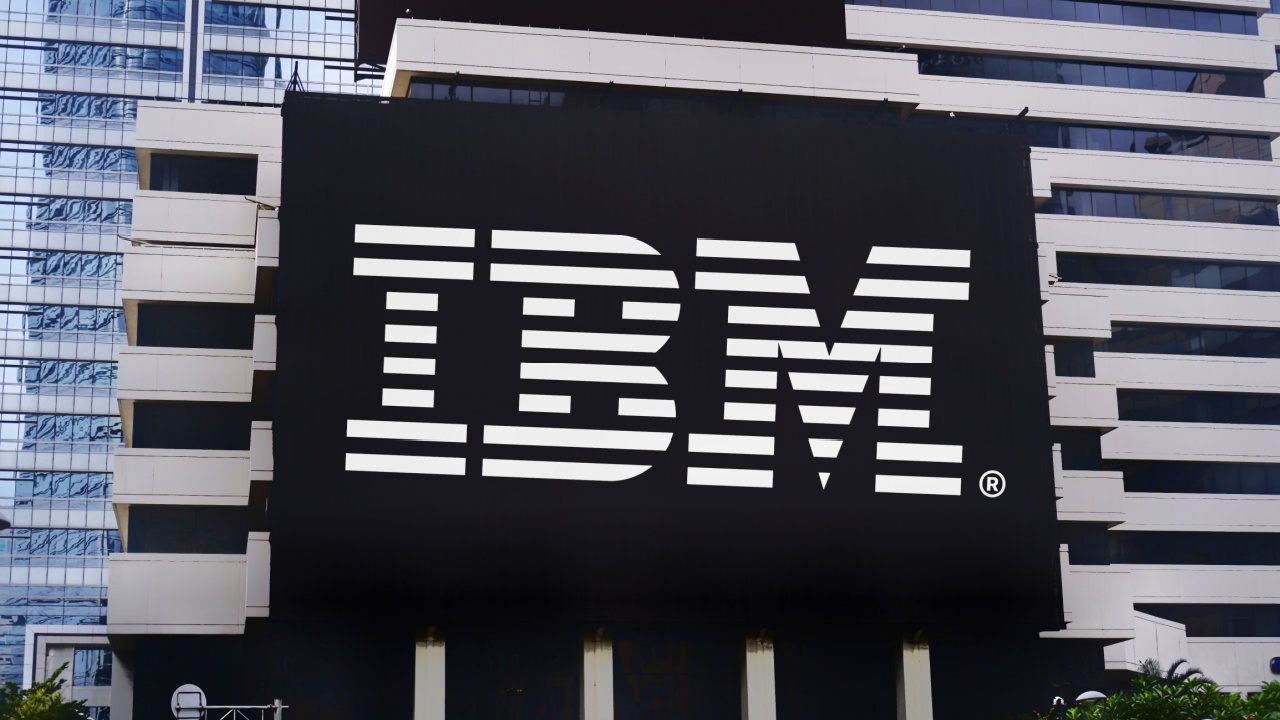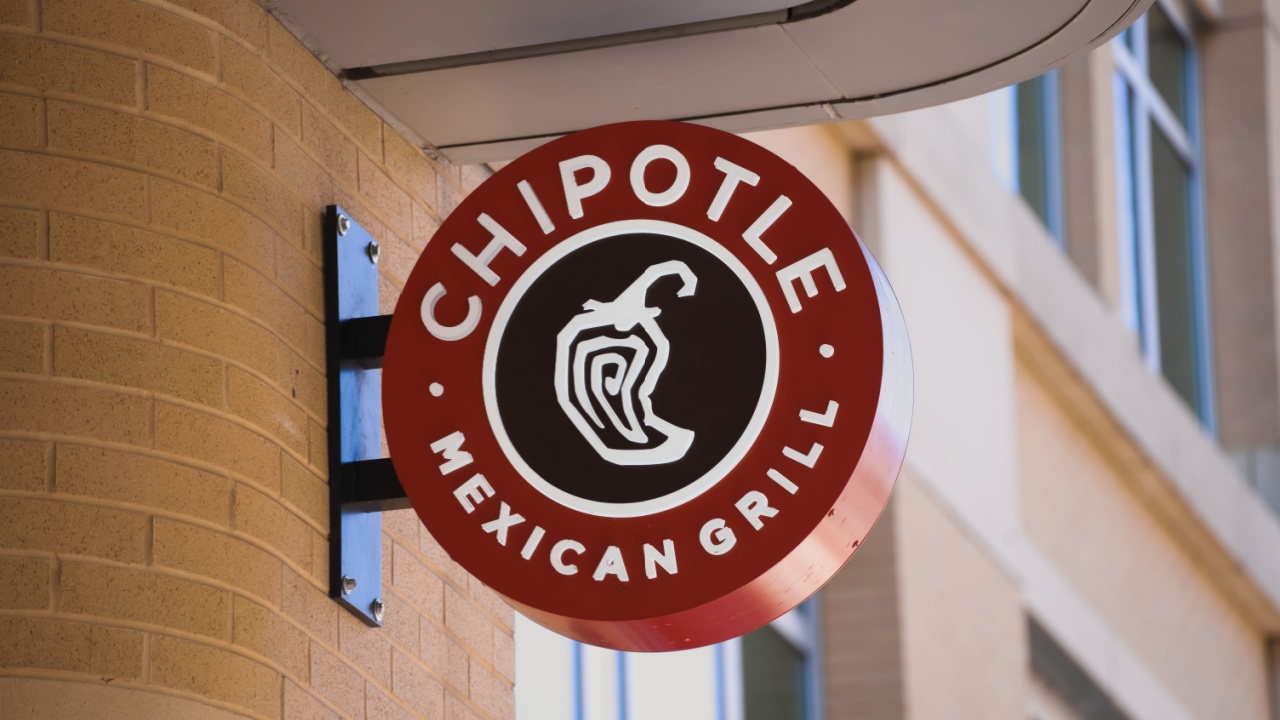Back in August this year, we published How to generate 29% annual returns from an easy to follow trading strategy, an article that outlined a data-driven trading Growth At a Reasonable Price / GARP strategy that invested in dividend-paying companies that exhibited strong recent growth in their financials and were reasonably priced when compared to their book value and free cash flows.
December 2017 saw the best month yet for our strategy as the value of our holdings increased in value by 5%:
| From 1-Sep | Model | S&P 500 |
| Total Return (4 months) | 16.5% | 8.8% |
| Max Drawdown | 4.8% | 1.2% |
| Dividend Yield | 0.2% | |
| Win Rate (Closed) | 66.7% | |
| Profit Factor | 13.6 | |
| Beta | 1.2 |
Changes To Our Portfolio
We bought the following positions on 2nd January:
Barnes & Noble Education - $364m market cap
BNED operates on-campus bookstores for educational institutions and sells and rents texbooks to students. As highlighted in this excellent article by MassifCapital, the company has started to see the benefits of it recent acquisition of MBS Textbook Exchange and the shares have been trending upwards since its most recent quarterly filing in October.
Micron Technology - $53bn market cap
Micron Technology (MU) is a market leader in memory solutions whose share price almost doubled in 2017. Matt Funaro has recently published a great article examining the bear case for MU and concluding that the company is a high quality investment with room to grow in 2018. Andres Cardenal agreed here and has published a great graph comparing Micron's price ratios to its industry peers.
Jacobs Engineering Group - $8.2bn market cap
Jacobs Engineering (JEC) is a global provider of technical, professional and constructions services. The company's share price is benefiting from the tailwinds of the recent acquisition of CH2M together with the improving fortunes of the oil / petrochemical sectors and increase in infrastructure spending following recent hurricane disasters around the globe.
The strategy sold three positions to make way for the newcomers:
| Company | Entry | Exit | P/L |
| Graco (GGG) | 2-Nov | 2-Jan | 2.2% |
| Ternium SA ADR (TX) | 2-Nov | 2-Jan | 4.6% |
| Financial Engines (FNGN) | 4-Dec | 2-Jan | 2.5% |
Current Positions
As of 3rd January 2018, the strategy held the following positions:
| Company | Days Held | Profit |
| Schnitzer Steel (SCHN) | 25 | 19.8% |
| Brooks Automation (BRKS) | 25 | 15.1% |
| Deckers Outdoor (DECK) | 47 | 14.6% |
| FTI Consulting (FCN) | 47 | 4.1% |
| Amdocs (DOX) | 25 | 1.8% |
| Citi Trends (CTRN) | 25 | 1.2% |
| Ellis Perry Intl (PERY) | 25 | 2.0% |
| Barnes & Noble Ed (BNED) | 1 | 0% |
| Micron Technology (MU) | 1 | 0% |
| Jacobs Engineering (JEC) | 1 | 0% |
Deckers Outdoor - $2.4bn market cap
As stated in this excellent article by Jared Orr, DECK designs, markets and distributes footwear apparel and accessories, including the UGG brand. They have recently completed a strategic review and look to have successfully defended a proxy fight with Marcato Capital. DECK does not pay a dividend, so it has been selected for this strategy purely on its strengthening financials and valuation ratios.
FTI Consulting - $1.6bn market cap
FTI Consulting provides corporate finance, forensic, litigation and economic consultancy services to its clients. Earnings guidance from the company is for similar performance to 2016 (with EPS around $2.20 per share), whilst Q3's free cash flows have increased to $100m from $60m at the same time last year. The strategy has selected FTI based on its low Price to Book and Free Cash Flow ratios.
Schnitzer Steel - $806m market cap
Schnitzer Steel has one of the highest dividends in our universe of stocks (2.5%), together with relatively low price to book and free cash flow ratios, despite showing a 60% increase in its share price since April. Schnitzer collects and recylces raw scrap metal and sells its output to mills and foundries around the world. The company is showing a healthy 10% improvement in earnings per share in an industry that is seeing improving demand and prices for its services.
Amdocs - $9.5bn market cap
Amdocs historically provides software and services to communications and media companies, and excels in the areas of subscriber management, billing and customer care. A recent shift in strategy has seen the company shift focus to include Artificial Intelligence and the Internet of Things - without setting the world on fire, Amdocs has shown steady and consistent growth over the last 5 years.
Citi Trends - $378m market cap
Citi Trends operates 545 discount apparel stores in the southeastern United States. The company has a strong balance sheet and is showing increasing sales and margins compared to the same time last year, and its price has been trending upwards in recent months. Shawn Kravetz authored an extremely accurate price guide here in September, valuing the stock at $27-37 per share (the share price was languishing at $19 at the time). Seeking Alpha shows that the stock doesn't pay a dividend, however, it actually paid shareholders a 1.2% yield last year.
Perry Ellis - $393m market cap
Perry Ellis designs, distributes and licences quality men's and women's sportswear apparel, accessories and fragrances. Key brands such as Ben Hogan, Calloway and Penguin haven't been enough to stop the company suffering from the same headwinds as the rest of the retail industry, and our strategy has selected this company based on its very low Price to Book and Free Cash Flow ratios.
Brooks Automation - $1.8bn market cap
Brooks Automation, a company that provides automation and cryogenic solutions for the semiconductor manufacturing and life sciences markets. It has experienced a 35% drop in share price since announcing results in November, a drop that is slightly bewildering as the company beat estimates. Even with this drop, the stock is showing YTD growth of 42%.
How the Strategy Works
The GARP strategy was built and tested using the InvestorsEdge.net platform - you can find more risk and strategy performance information on the model, together with the actual strategy definition details, by clicking here.
As a quick summary, each month we rebalance our portfolio using the following rules - we begin by defining a universe of stocks that have:
- Market capitalizations greater than $150m and share price greater than $2.
- A PEG ratio less than 0.9.
- An average EPS growth rate greater than 10% for the past 8 quarters.
- Net Current Asset Value of greater than $-750m.
- Gross Income greater than Gross Income from the last quarter.
On 1st January (our last rebalance point), this would have returned 76 stocks, which we then rank using the following factors:
- PEG ratio
- Trailing Yield
- Price to Book Value
- Price to Free Cash Flow
We then buy the top 10 stocks in our ranked universe of securities, dropping existing positions unless they continue to rank in the top 10.
Our original backtests displayed compounded average returns of 29% a year since 2000 with remarkably low volatility for a strategy that invests primarily in small cap companies.
The Risks
A key risk that we always examine with mechanical investing strategies is that the data phenomenon that we are exploiting will simply stop working. To combat this, we look to see if this GARP strategy intuitively makes sense - our model invests in companies with high historical and estimated EPS growth, high yields and assets and that are cheap relative to their book value and free cash flows, and that are showing improving gross income figures. To us, these are all logical and understandable factors as to why our system works and should continue to be profitable.
The average company our strategy invests in has a market capitalization of $250m-$2.5bn, leading to potential problems exiting positions at the lower end of our range in a market downturn. Risk appetite is an individual thing - for us the enhanced returns that come from focusing on smaller companies more than compensate the liquidity risk we take on. If this is a concern, operating the strategy with a higher market cap threshold would have resulted in smaller but still substantial historical profits.
Your Takeaway
Our GARP strategy had a great December, increasing the value of our holdings by 5% and giving a 16.5% total return on our invested funds since September 2017.
As you can see by the disclosure, we have invested in this strategy with our own funds - now that we've got a few months of history under our belt, we'll be reporting how we are getting on on a monthly basis.













